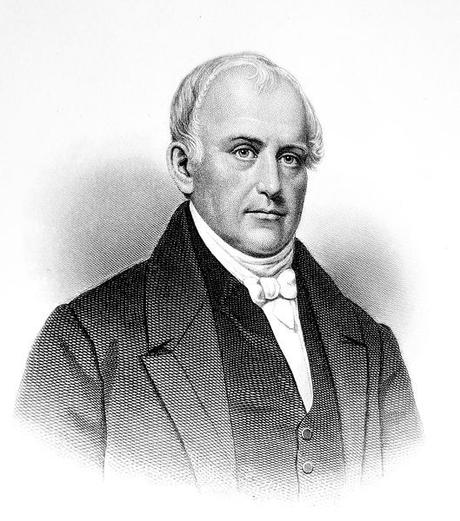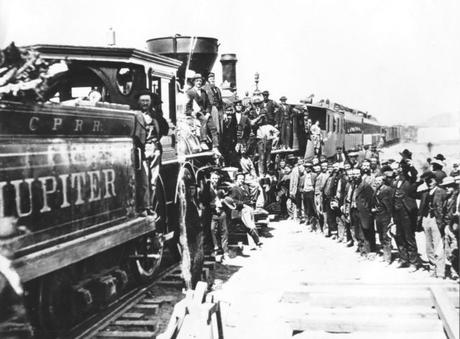The history of US manufacturing is fascinating. Many cite Oliver’s Evans’ automatic flour mill, built way back in 1785, as the beginning of this industry, although the first factory was built by Samuel Slater in 1790 and this must of course be acknowledged. Evans, however, used what was the beginning of bulk handling mechanisms, with screw conveyors and belt conveyors, speeding up his processes and paving the way for modern manufacturing techniques.

However, the American Industrial Revolution began properly in 1820, when coal power came to the states and fired modern, more productive, faster and far larger styles of manufacturing.
This was swiftly followed by the invention of the ‘iron horse’, a.k.a. the steam locomotive. Although the steam-powered engine had been created in 1804, it was used up until this point just to power ships, mills, textile machines, and printing presses.

This allowed goods to be quickly transported across the country, to be delivered, or else to ports where items could be shipped to other countries. It also meant that items vital to production could be sped to factories much more quickly.
Soon, the country was covered in a criss-cross of railway lines, stations, and associated works such as factories and mines. In 1846, the sewing machine was invented, adding further to our ability to produce goods at fast speeds and en masse.
In 1913, Ford installed the first moving factory assembly line; in the 1930s, the concept of automation came into being, and the streamlining of manufacturing began, with some processes being undertaken by machines rather than human beings.
The jet engine further transformed manufacturing for the nation, from 1942 onward. Not only the country, but the world, quickly came into reach for American businesses. Another leap occurred, then, in 1981, with the introduction of PCs. This was initiated by the company IBM, and it not only resulted in the development of new modes and means of manufacture but also paved the way for the on-demand purchase style now in favor all around the world.
The rise of robotics in 2012 is a factor currently influencing manufacturing methods around the world, and we must wait to see how this continues to change the way in which we create products. Certainly, the modern factory space, with its solar panels, automated robotics, and HVLS industrial fan is a far cry from the very first factories, and a whole world away from product creation prior to the 1800s.

How manufacturing continues to develop remains to be seen, but one thing is certain – it will continue to streamline, to speed up, and technology – and technological advances – will remain at its very heart.

